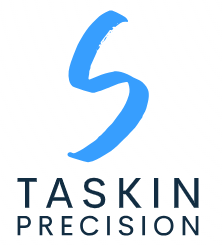A photosensitive resin 3D printer is a device that utilizes photocuring technology to construct three-dimensional objects layer by layer. It uses liquid photosensitive resin as the material, which is cured by ultraviolet laser exposure to create intricate models or parts.
Key Features of Photosensitive Resin 3D Printers:
- High Precision: Photosensitive resin 3D printers are capable of printing models with fine details and smooth surfaces. This is due to the precise curing ability of photocuring technology, making it ideal for producing complex models and those requiring high-quality surface finishes.
Wide Range of Material Options: In addition to standard photosensitive resins, there are also translucent and fully transparent resins available, catering to various printing needs such as figures, jewelry, and precision assembly parts.
Easy Post-Processing: Models printed with photosensitive resins are easy to post-process, allowing for activities like sanding and painting, offering more flexibility in achieving the desired final appearance.
However, it’s important to note that objects printed with photosensitive resins may become brittle and yellow over time with prolonged light exposure, so proper storage is necessary.
Overall, photosensitive resin 3D printers are ideal for printing models that require high precision and surface quality, though post-processing may be needed to achieve optimal results.
